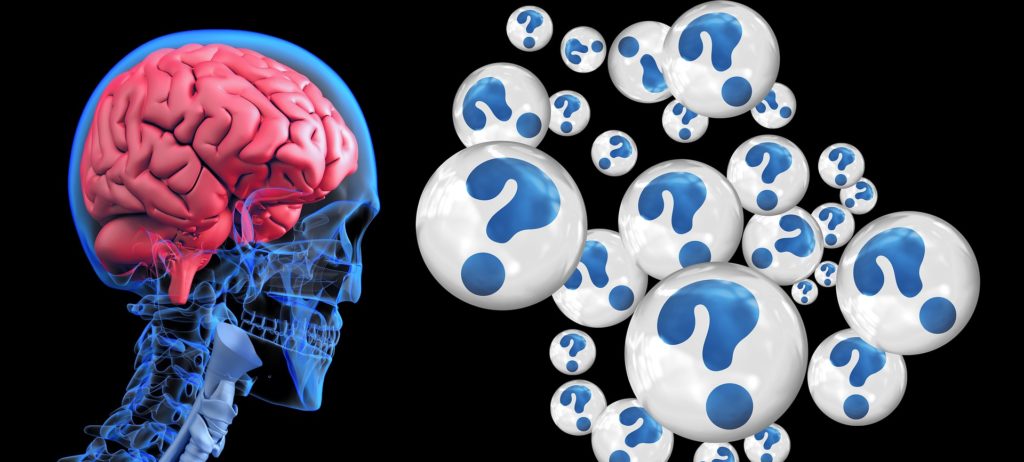In a recent study, a team of researchers led by Dr. Kelly MacDonald surveyed individuals from the U.S. to investigate whether or not they believed common misconceptions about brain research. These misconceptions, referred to as neuromyths, are particularly popular among educators who seek to apply information about cognitive functioning to pedagogy. Their findings show that neuromyth beliefs are very common in the U.S., but that they may be dispelled through training and education in neuroscience.
“The global proliferation of neuromyths among educators is concerning as many of the neuromyths are directly related to student learning and development, and misconceptions among educators could be deleterious for student outcomes.”

Previous research has demonstrated that educators across countries and cultures hold inaccurate beliefs about learning and the brain. Such beliefs may lead to approaches or decisions that are at best ineffective, and at worst, harmful for learning.
In this study, three groups were surveyed in order to investigate beliefs of neuromyths in the United States and to compare beliefs across groups. These groups included self-identified educators, individuals who have been exposed to university-level neuroscience courses, and the general public. The survey featured 32 True or False sentences related to learning and the brain.
The findings indicated that overall, beliefs in neuromyths are very common. Educators were less likely than the general population to endorse these misconceptions, and individuals who had been exposed to neuroscience were the least likely of all.
The most commonly endorsed neuromyths included:
- “Individuals learn better when they receive information in their preferred learning style (e.g. auditory, visual, kinesthic)” (general public M= 93%, educators M = 76%, high neuroscience exposure M = 78%).
- “Children have learning styles that are dominated by particular senses (i.e. seeing, hearing, touch)” (general public M= 88%, educators M = 71%, high neuroscience exposure M = 68%).
- “A common sign of dyslexia is seeing letters backwards” (general public M= 76%, educators M = 59%, high neuroscience exposure M = 50%).
“It was interesting to note the very high rates of endorsement of these neuromyths even amongst individuals with high neuroscience exposure, though we note that these items are more closely related to the learning and special education fields than to neuroscience,” the authors write.
Importantly, over half of the educators endorsed these items. The authors argue that this has direct implications for teaching approaches and student outcomes.
For example, the two most commonly endorsed items were referring to the Visual, Auditory, Kinesthetic (VAK) learning styles theory, or the idea that it is good practice for teachers to identify students’ preferred learning style, from one of these three options, and structure lesson plans accordingly. However, despite the agreement that individuals have preferences for different styles of learning, there is a lack of empirical evidence on how to assess preferences, modify instruction, and then the subsequent effect of this on outcomes. Furthermore, the VAK theory focuses on identifying one specific modality for each individual in a way that may undermine the idea that learning through repetition via multiple modalities is beneficial for most.
The distinction between tailoring to individual learning through multiple modalities and operating according to the VAK learning theory is a delicate one. Unlike other neuromyths, such as “Humans use only 10% of their brains,” this one requires nuanced explanations to successfully dispel.
The authors note:
“To dispel this particular myth might inadvertently discourage diversity in instructional approaches if it is not paired with an explicit discussion of the distinctions between learning styles theory and multimodal instruction. This specific challenge reflects the broader need to convey nuances across disciplinary boundaries of education and neuroscience to best meet the instructional and learning needs of students and educators.”
MacDonald and co-researchers highlight that despite being more able to discern truth from misconception, educators and individuals high in neuroscience exposure still endorsed half or more of neuromyths. They argue that time and resources currently being spent on pedagogical techniques fueled by neuromyths would be better spent on those supported empirically.
They proposed that several factors may be contributing to the origin and proliferation of neuromyths including educational and training background, basic understanding of brain science, inaccessibility of research that is behind paywalls, and the gap between education and neuroscience.
Finally, the researchers suggest focusing on prevention:
“A curriculum to effectively dispel neuromyths should also include a preventative focus. For instance, lessons might make individuals aware of the cognitive bias to judge arguments as more satisfying and logical when they include neuroscience, even if this neuroscience is unrelated to the argument. It might be particularly useful to point out that individuals with less neuroscience experience are particularly susceptible to this error in logic.”
****
Macdonald, K., Germine, L., Anderson, A., Christodoulou, J., & McGrath, L. M. (2017). Dispelling the myth: Training in education or neuroscience decreases but does not eliminate beliefs in neuromyths. Frontiers in Psychology, 8, 1314. (Link)















Misconceptions are very, very common. For example “mental illnesses” are not real illnesses they are mostly to do with unresolved life situations. And “mental health medications” are not real “medications”, they are tranquillizers.
Report comment
I agree, Fiachra, misconceptions about brain science abound. It’s a shame they didn’t talk about the vast majority of Americans who mistakenly believe the scientifically invalid DSM “mental illnesses” are caused by “chemical imbalances in the brain.” When in reality it is the “mental health medications” that actually create the DSM disorder symptoms.
Report comment
Uh, it seems somebody just hitched a ride on the neurotrend in order to try and get around the neurobend.
I think speaking of neuromyth is just another example of neurobabble when myth, just plain myth, will do.
From whence do these myths arise? Obviously, from blaming the brain and not the moral agent.
I know they say “cut the blame”, and they mean “cut the blame” of people, however, it is people, and not bodily organs, that are *primarily responsible, or irresponsible as the case may be.
Note the *primarily. I’ve left them a little ground for that gray area as little ground, by comparison, it must be.
Report comment
Thinking visually, seeing one thing in terms of another, in effect, visual lateral thinking was how Albert Einstein surpassed Isaac Newton on gravity. With visual thought experiments he realised that gravity is really mass warping space/time and warped space/time makes mass move. It helps to think visually to understand what is going on in the brain with psych drugs, and then look for the biology to verify it. Did this and found the work of Grace E Jackson, and a narrowing of the blood vessels, leading to white matter hyper-intensities and hence vascular dementia.
Report comment
“Misconceptions about brain science are common.” How lucky for Big Pharma and the Psychiatric industry.
Report comment